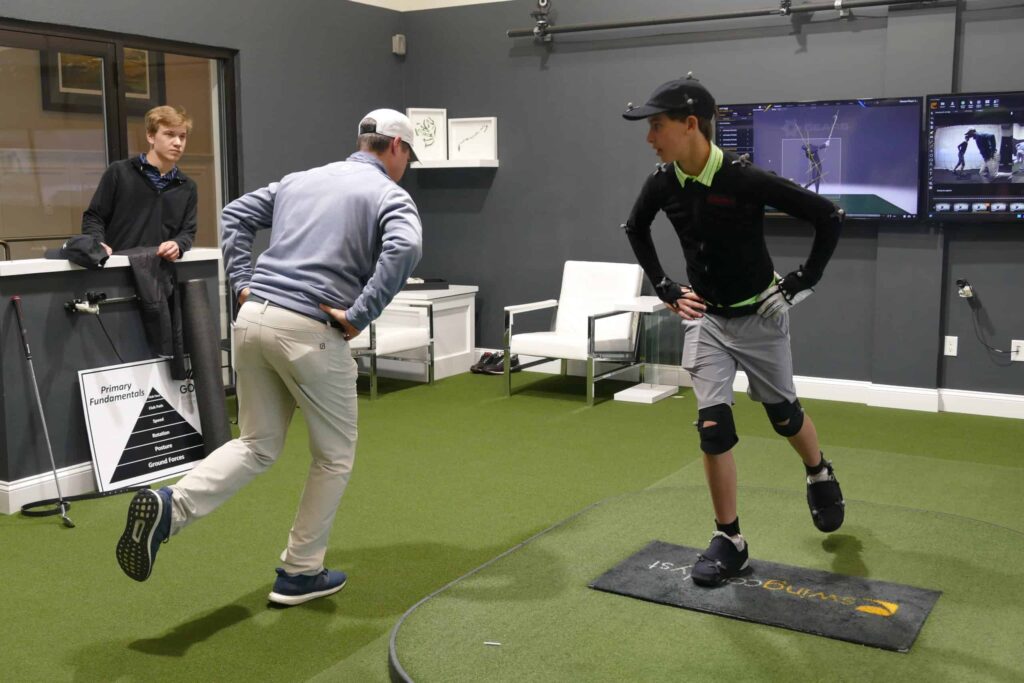Remember when you were a kid, or even now, when you put a puzzle together how it feels to find the piece that fits, then another one, and another? It is pretty cool, a sense of accomplishment, a hit of dopamine, and off you go to do more. It’s something most people enjoy doing especially when no one else tries to help you. Educationalist Sr. Ken Robinson Phd did a study on the effects of parents interrupting their kids’ enjoyment and frustration of learning while piecing together a jigsaw puzzle. He would have kids in a room putting together a puzzle by themselves and observe how they interacted with the process. It was done in three different ways: kids alone, kids with other kids, and kids with parents. What he found was interesting. It became evident that when the kids working alone became frustrated with the puzzle they tended to stick with it for more than an hour before getting bored and stopping for a break, but they wanted to go back and complete the puzzle. While observing the kids working with other kids, they stuck with it only for about 20 minutes, however they worked together and visibly enjoyed the process; they too wanted to work more on the puzzle. In the third scenario when a kid worked on the puzzle and a parent was in the room, the kids were more visibly frustrated, and within 10 minutes the parents were also helping put the puzzle together. Within 15 minutes the kids would stop doing the puzzle while the parents continued to work on it. As a result, the kid wanted to leave the room and did not have any interest in completing the puzzle.
What does this mean for golf athletes learning to play the game?
I would say golf, or most things that require many moving parts, is like putting a puzzle together for a kid or an adult. When someone with authority steps in to “help,” the enjoyment and frustration of learning is lost. Unfortunately, in golf this happens too often. When the golf instructor is eager to “fix” something that is not broken, he or she manages to void valuable discovery. For junior golfers this can be overwhelming and frustrating in another way that makes them not want to learn or continue with the game. Now, I am not saying golf instructors and parents can’t help kids learn the game, but it may be a good idea to let them lead the learning exchange. Let them ask for help versus step in when they look frustrated or struggling.
Golf is hard, it has many pieces that take many hours and years to learn. Every time you go to the course or driving range to play or practice, it is like starting a new puzzle. There is no scenario in golf that is the same, every shot is different, so the pieces change from day to day, shot to shot. Each shot is a new puzzle, and a round of golf is like putting together a 5,000-piece puzzle. Be patient with yourself, enjoy it when you have a good run of putting those shots together. Embrace the struggle when you can’t “find” the puzzle pieces to your swing. Do not be afraid to struggle with the pieces, if you have a picture of what your game can look like, you are closer than you think. On the flip side, if you have no clue as to your game, it may be a good time to give us a call at The Golf Performance Center to set up a Player Development Assessment. Let us help you take a snap shot of your game and help you understand what pieces you have, and how you can best put them together for you.
Enjoy your journey!


